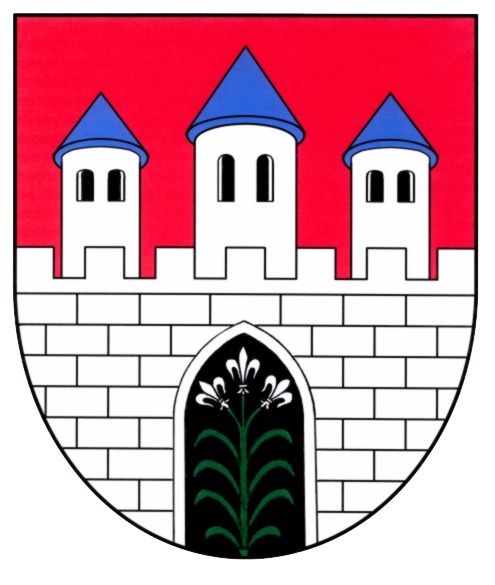
The Commune of Strzelce Krajeńskie is a mainly rural region, with much emphasis put on forest management, well-developed trade and services sectors, and some small-scale industry. Forests and clear lakes make up almost 40% of the area of the commune. The total area of the commune is 319 sq km, with the population of approximately 17,000 people, most of whom – as much as 11,000 – live in the town of Strzelce Krajeńskie, which is the centre of the commune, located between two lakes called Lower (Polish: Dolne) and Upper (Polish: Górne), and not far from several larger towns and cities, including: Gorzów Wielkopolski, Szczecin, Zielona Góra, Poznań and Berlin, the capital of Germany.

The area of the present-day town and its surroundings prides itself on its rich and interesting history. The first settlers were Danubian farming people who arrived there around 4000 B.C. In the period 1700-700 B.C., i.e. in the Iron Age, the area was inhabited by people belonging to the Lusatian culture, called Early Slavs. From the 7th to the 10th century A.D. it was home to Pomeranian Slavic tribes. In that period strongly fortified towns were erected (Gardzko near Strzelce, Brzezdno near Chomętowo) and settlements were established. The village of Strzelcze was probably one of such early settlements. In the period the Polish statehood was being shaped, the region was dominated by fratricidal wars between the Pomeranians and the inhabitants of Greater Poland. The neighbouring Brandenburg did not hesitate to take advantage of the situation and, at the beginning of the second half of the 13th century, it took over the land thanks to family connections between German and Polish noble houses. In 1260 the Brandenburg margrave Conrad married Constance, a Greater Poland princess, who was dowered with the area of Santok Castellany, including also the above-mentioned village of Strzelcze. Several years after that event, margrave Conrad built a “castrum”, i.e. a hunting castle, near that village. However, in 1272 the castle was invaded and burnt by Greater Poland prince Przemysław II. In place of the burnt castle, margrave Conrad built a strongly fortified town, which was called Friedeberg, probably after the lokator (i.e. medieval sub-contractor subordinate to a territorial lord or landlord). The first mention of the town dates back to 1286 and concerns the foundation act of the Cistercian monastery in nearby Bierzwnik (called Marienwalde in those times), which was issued in Strzelce. Next document, drawn up in 1290, concern the construction of a monastery at the town walls, near the Mill Gate, by an eremite Augustinian order from Lipiany. In 1454 the region was briefly taken over by the Teutonic Knights. In 1433 the Strzelce Region was invaded by armed units of the Czech Hussites.The town was taken by deceit, the church and the monastery were burnt, and the monks butchered. For hundreds of years of its existence, the town had mixed fortunes. It survived numerous epidemics, fires and plagues, as well as disastrous wars (the Thirty Year’s War, the Swedish Deluge, the Northern War). Strzelce experienced a period of prosperity in the 18th and 19th centuries, when new manufactures and factories were established, trade and construction industry developed and the population grew rapidly. Pre-war Strzelce prided itself on its well-developed educational institutions. The town schools included a junior secondary school, a business school, a high school for girls and the Royal Teaching College. The town also had its own printing house and the Regional Museum. In addition, it was a birthplace of talented artists, who gained recognition in Germany, including Noster, the court painter of the last German emperor William II, painter Reinhold Bresler, painter and graphic artist Anton Bartz, and – last but not least – sculptor Max Dennert. The above-mentioned artists left behind a rich legacy. Unfortunately, it did not survive the second world war and the short post-war period. The town itself suffered damage as well, as around 80% of the Old Town was turned into ruins.
źródło: www.strzelce.pl